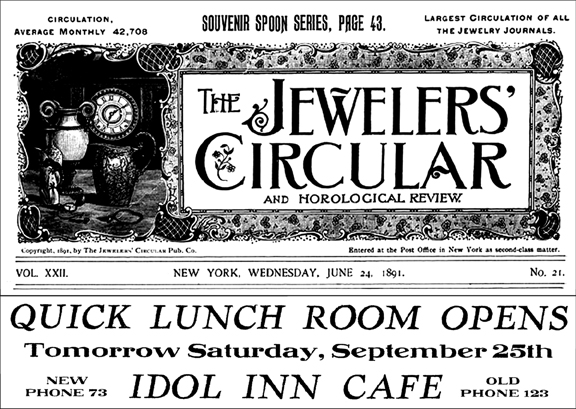Today’s column is a paraphrased hodgepodge of small articles taken from a variety of newspapers spanning 1890 to 1928. I hope you will find them interesting.
Dec. 1890: Heavy snow was reported in the mountains of East Tennessee, Southwest Virginia and North Carolina. Accumulations ranged from six inches to three feet. In Bristol, trains of the Norfolk and Western Railroad attempted to maintain their normal run but soon schedules had to be totally abandoned due to deep snow on the tracks. Ground conditions were very wet and not yet turned to ice. Johnson City measured eight inches of snow while Bristol had 12.
Dec. 1892: Two freight trains, numbers 21 and 22, collided on the East Tennessee Railroad near Johnson City. Both engines were destroyed along with 20 cars loaded with cattle. In addition to the death of many animals, several hobos that had jumped on the trains plus a former employee of the road were killed. After an investigation was conducted, the engineers of both vehicles were cited for negligence in the tragedy.

Jul. 1898: Mr. H.H. McPherson, a resident of Jonesboro, (old spelling) Tennessee, sent the editor of Jewelers’ Circular, a popular trade publication, a letter describing a clock that he had fabricated from a gourd. In his words, “I grew the gourd expressly for the clock and before (it) was half grown, I put it in a press to (prepare it for) the dial and the back or door flat. The gourd is 46 inches in length. The back is cut out and hinged on. It is supplied with movement from a small nickel alarm clock.”
Apr. 1902: The newspaper noted that Governor Robert “Our Bob” Taylor had entered an old-time fiddlers’ contest that was to be held at Decatur Alabama. Nearly 100 fiddlers who were said to be as old as the governor also participated in the event. Bob, a highly respected native of Happy Valley, Tennessee was noted for his love of the fiddle.
Dec. 1902: A shooting occurred in the lobby of the Carnegie Hotel (which burned in 1910) when two out-of-town registered guests, who had been involved in a card game, became engaged in a heated quarrel. After the feud spilled over into the hotel lobby, one man pulled a .38 caliber revolver and fatally shot the other one three times. Local police investigated the incident.
Sep. 1915: The big news in downtown Johnson City was the opening of a new progressive restaurant, the Idol Inn Café, that was located on Market Street on the northeast corner of the railroad tracks. Those desiring fast food had the option of patronizing their quick lunch stand while others desiring a more leisurely meal could eat in the nice dining room. Those of us who spent a good deal of time in downtown Johnson City in the 1950s and 60s will remember the building as the home of Byrd’s Restaurant, whose slogan was “A good place to meet but a better place to eat”). I did a lot of meeting and eating in that eatery.
Dec. 1922: Governor Alfred E. Taylor, brother of Bob, took a break from his political campaign long enough to perform the marriage ceremony for his son David H. Taylor and Miss Nellie Hope. The younger Taylor became a star catcher in the Appalachian League.
Dec. 1928: A Christmas tree about 30 feet high was placed in Fountain Square and decorated by the Kings Mountain Post of the American Legion. The decorative scheme was a part of an ambitious plan by Legionnaires to emphasize the Christmas spirit in every city and town in the Volunteer State. Johnson City’s tree was advantageously located, observable from distances in all directions. It was beautifully strung with colored lights and “decorated artfully.” Its purpose was emblematic with no ceremonies planned in connection with the yuletide decoration. Downtown was always a special place at Christmas.

Comments are closed.